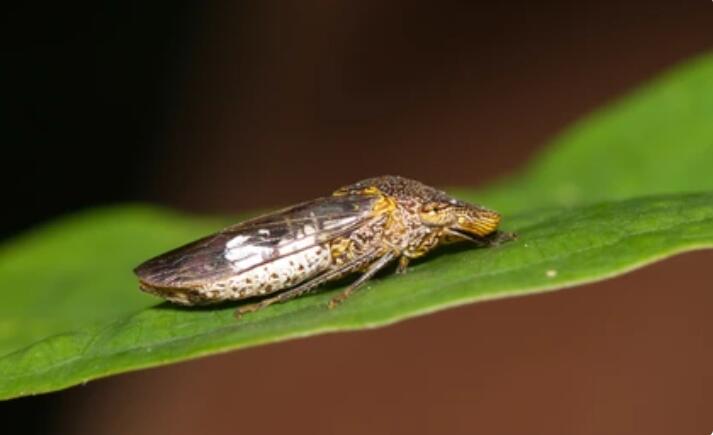Homalodisca vitripennis is an important agricultural pest that subsists by sucking sap from plants. They take in fluids equivalent to 100-300 times their body weight daily, so they must also excrete large quantities of excess water. However, droplets of fecal matter it splashes can spread Xylella fastidiosa from plant to plant. This bacterium can cause crop diseases such as grape Pierce's disease, which can devastate vineyards.

Homalodisca vitripennis possesses unique microsomes, secreted proteins for covering the body surface, and two intracellular symbiotic bacteria. Lifeasible can trigger in vivo RNA interference (RNAi) in Homalodisca vitripennis through exogenous application of dsRNA and can also facilitate new pest genetic control strategies with efficient CRISPR/Cas9-mediated gene editing.
| Methods | Descriptions |
| CRISPR/Cas9 | We can provide an easy-to-deploy, efficient CRISPR/Cas9-mediated genetic analysis platform for Homalodisca vitripennis. Knock-in mutagenesis can be achieved by injecting a relatively small number of embryos to help you obtain two stable lines with high-frequency mutations in the eye pigmentation genes cinnabar and white. |
| RNAi | We can help you design suitable and effective dsRNAs for plant-insect resistance by using exogenous dsRNAs. You can deliver dsRNA against Homalodisca vitripennis target proteins to plants using root immersion and trunk injection. The plant can detect the introduced dsRNA, which will allow the presence of the dsRNA to be detected in Homalodisca vitripennis that feeds on the plant. This leads to pest control after exogenous application of in vitro transcribed/synthesized dsRNAs in plants. We can also screen for potential gene targets for RNAi that can be used to reduce vector competence in Homalodisca vitripennis. |
Homalodisca vitripennis has the potential to be developed as a genetic model for Hemiptera. Lifeasible provides you with efficient gene editing services so that we can help you study traits that contribute to invasive pest and plant pathogen vectors and facilitate the development of new genetic control strategies. Please feel free to contact us to submit your needs, and we will evaluate and develop a program based on your goals.